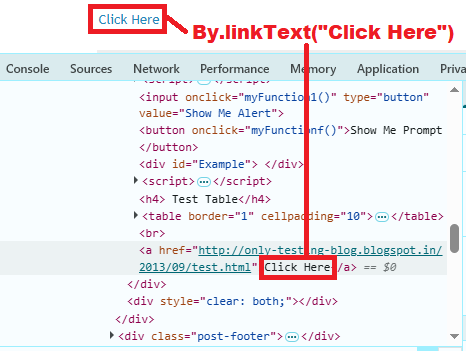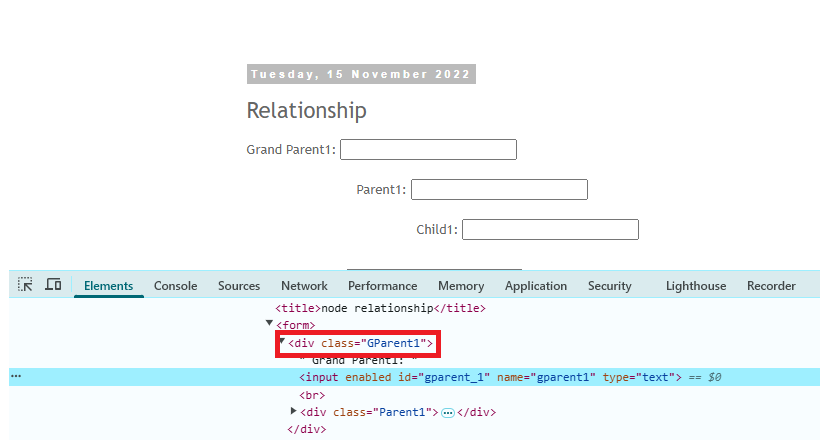Last updated on June 18th, 2025 at 12:32 pm
- HashSet is a class of collection framework which extends AbstractSet class and implements the Set interface.
- HasSet doesn’t guarantee that elements order will remain same over the time and returned in any random order.
- HasSet doesn’t allow duplicate values. If you try to insert duplicate, It will overwrite.
- HasSet allows to store null values.
- HasSet implementation is not synchronized.
Important Methods of HashSet
- boolean add(E e) : To add elements in to set if it is not already present.
- void clear() : Remove all entries from set.
- Object clone() : It will returns shallow copy of HasSet instance.
- boolean contains(Object o) : It will return true if given values is present in HashSet.
- boolean isEmpty() : It will return true if HasSet is empty.
- Iterator<E> iterator() : It will returns an iterator over the elements in Set.
- boolean remove(Object o) : It will remove specified elements from set if it is available in HashSet.
- int size() : It will return size of HashSet.
Bellow given example will show you usage of different HashSet methods.
Example Of HashSet in Java
package JAVAExamples;
import java.util.HashSet;
public class HashSetJavaExample {
public static void main(String args[]) {
HashSet hset = new HashSet();
//Check if HashSet is empty.
System.out.println("HashSet is empty? : "+hset.isEmpty());
//Add elements in HashSet.
hset.add("One");
hset.add("Two");
hset.add("Three");
hset.add(null); //HassSet allows null values.
hset.add("Four");
//Print HashSet.
System.out.println("HashSet elements are : "+hset);
//Check HashSet size.
System.out.println("Size of HashSet is : "+hset.size());
//Removing element from HashSet.
hset.remove("Two");
System.out.println("Now HashSet elements are : "+hset);
}
}Output :
HashSet is empty? : true
HashSet elements are : [null, One, Four, Two, Three]
Size of HashSet is : 5
Now HashSet elements are : [null, One, Four, Three]
This way, You can use HashSet to store values in random order including null.




